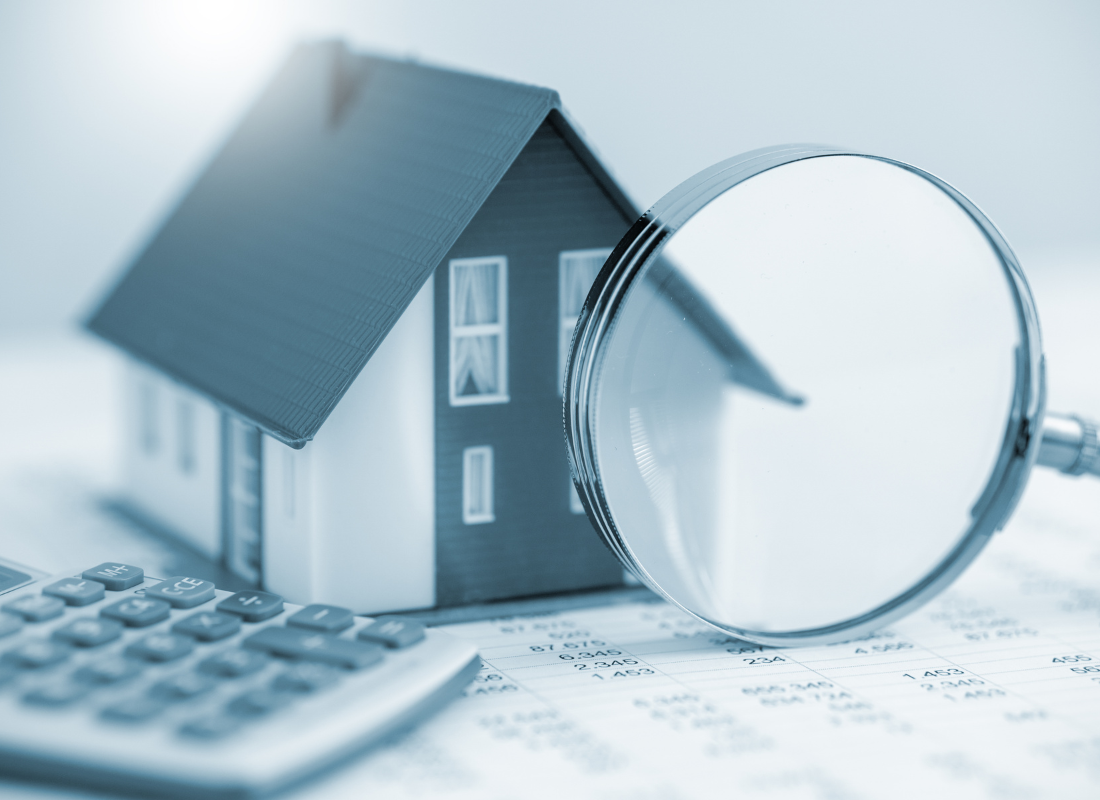Section 179D: A Guide for Real Estate Developers
Originally published on December 12, 2024
Updated on December 15th, 2024
Real estate developers with a working knowledge of the tax code have a significant advantage. Today, developers stand to benefit from many opportunities, from bonus depreciation achieved through cost segregation studies to the Low Income Housing Tax Credit (LIHTC).
One tax opportunity that’s changed significantly in recent years is the Section 179D Energy Efficient Commercial Building Deduction, which aims to incentivize the development of energy-efficient commercial properties. The credit was expanded by the Inflation Reduction Act (IRA) and now offers real estate developers greater incentives than ever before.
In this guide, we’ll explain what’s changed since the passage of the Inflation Reduction Act and discuss how real estate developers should factor them into their investment strategies.
Section 179D: A Brief History
Originally signed into law as a temporary provision in 2005, Section 179D of the Internal Revenue Code allows real estate developers to claim a tax deduction for installing qualifying energy-efficient systems in commercial buildings.
The measure was extended several times before being made a permanent part of the tax code in 2020. As of 2022, commercial building owners could claim a maximum deduction of $1.88 per square foot provided their building delivered a 50% reduction in energy usage compared to a reference building.
Changes to Section 179D From the Inflation Reduction Act
The Inflation Reduction Act, signed into law in 2022 and effective from Jan.1, 2023, significantly expanded the Section 179D deduction. The legislation introduced several changes that, while adding layers of complexity, generally made this a far more attractive tax deduction for real estate developers.
Here are the key changes real estate developers must be aware of.
Increase in the Maximum Deduction
One of the most significant changes enacted in the IRA was the increase in the maximum deduction that a developer could claim. Previously, the maximum deduction was $1.88 per square foot. In 2024, this is now $5.65 per square foot, adjusted for inflation each year.
Take the hypothetical example of a 100,000-square foot-warehouse. In 2022, the deduction would have been worth a maximum of $180,800 to a developer ($1.88 x 100,000), whereas now, assuming the project met all requirements, the deduction would be worth $565,000 ($5.65 x 100,000) – more than three times as much.
There’s a catch though. To benefit from this more valuable deduction, projects must meet a more stringent set of requirements – most notably the prevailing wage and apprenticeship standards.
Prevailing Wage & Apprenticeship Standards
With the passage of the IRA, two frameworks are used to determine the deduction available to a real estate developer. The choice of calculation method is driven by whether a project meets the prevailing wage and apprenticeship standards specified in the legislation. These requirements aim to ensure workers are compensated fairly while promoting workforce development.
In broad terms, to qualify for the enhanced deduction, projects must:
- Pay wages at or above the prevailing wage for similarly employed workers in the same occupation, in the same geographic area, as defined by the Department of Labor. Essentially, this means employees working on the project should be paid at or above your local market rate.
- 15% or more of all labor hours must be performed by qualified apprentices.
Projects that do not meet these requirements are only eligible to take the base deduction. In 2024, this deduction starts at $0.57 per square foot for buildings that achieve a 25% reduction in energy consumption. This amount increases by $0.02 for every percentage point of reduced energy usage above 25% before maxing out at $1.13 per square foot for projects that deliver a 50% or greater reduction in energy consumption.
On the other hand, projects that meet the prevailing wage and apprenticeship standards benefit from an enhanced deduction. As of 2024, this deduction starts at $2.83 per square foot for buildings that achieve a 25% reduction in energy consumption. That rate goes up $0.10 for every percentage point of reduced energy usage above 25% before maxing out at the aforementioned $5.65 per square foot for projects that deliver a 50% or greater reduction in energy consumption.
Updated Efficiency Standards
The IRA also updated the efficiency standards used to determine eligibility. The legislation introduced two key changes:
- Lowered the energy saving threshold required for a project to qualify. Prior to the IRA, projects had to demonstrate a 50% reduction in energy usage to qualify. The IRA halved this to 25%.
- Introduced a sliding scale for deductions based on the percentage of energy savings achieved. This system eliminated partial deductions and instead incentivizes developers to build projects with higher levels of energy savings.
The energy efficiency of any given project is calculated by comparing the building to a reference building as defined by ASHRAE Standard 90.1-2007 (or a more recent standard if applicable).
Expanded Eligibility Rules
The IRA also expanded taxpayer eligibility for the Section 179D deduction. Previously the deduction had only been available for new construction of commercial buildings. However, this has now been expanded in several ways:
- Retrofits of existing buildings: Developers may claim a deduction for retrofits of an existing building that enhance the energy efficiency of that building. This expanded eligibility is particularly attractive to real estate developers engaged in redeveloping older buildings in downtown and industrial areas.
- Designers of commercial buildings for tax-exempt entities: Prior to the IRA, only government-owned buildings could allocate the deduction to designers of the building (external, for-profit contractors such as architects and engineers). The IRA expanded this to allow all tax-exempt entities to allocate the deduction to designers on a first-come, first-served basis.
- Real estate investment trusts (REITs): The IRA also expanded eligibility for the deduction to include REITs.
These changes significantly expanded the range of developments that are eligible for the credit, providing incentives for many different types of developers to pursue energy efficient development projects.
Navigate Section 179D With James Moore: Your Real Estate Tax Professionals
Given the significant expansion of this tax deduction, real estate developers should actively consider how energy efficiency designs factor into their development projects. It’s important to do this during the design phase, long before a new project breaks ground. While the tax benefit has been expanded, it’s also grown more complex. So it’s vital to understand all of the regulations before a project breaks ground in order to maximize potential deductions.
At James Moore, our real estate tax professionals play an important role in helping real estate developers identify potential opportunities in their portfolios. Our team works with a range of partners who specialize in surveying construction projects and issuing the certifications required to obtain the maximum deduction your project qualifies for.
If you’re interested in learning more about whether any of your planned developments may qualify for the Section 179D Deduction, contact a James Moore advisor now.
All content provided in this article is for informational purposes only. Matters discussed in this article are subject to change. For up-to-date information on this subject please contact a James Moore professional. James Moore will not be held responsible for any claim, loss, damage or inconvenience caused as a result of any information within these pages or any information accessed through this site.
Other Posts You Might Like

